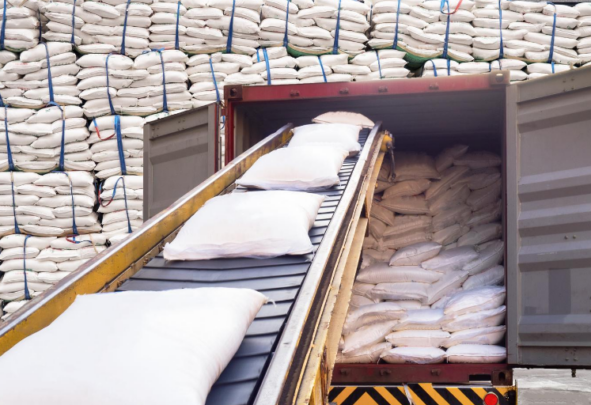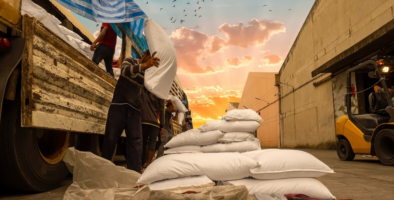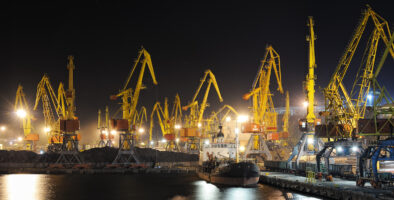How does sugar get from sugar cane and sugar beet to looking so enticing on the supermarket shelves? There is some clever chemistry and a lot of science involved in removing all the impurities from sugar to get to the form that goes into our cups of tea.
Sugar is naturally white, but when it is first extracted from plants, it has a golden colour due to its non-pure form. Sugar from cane or beet can be processed to result in the same form of pure sucrose. However, while sugar beet is refined at a single facility, sugar cane is processed first at a mill and then at a sugar refinery. At the refinery, cane sugar is purified, filtered and packaged up, ready for the consumer.
See our VIVE Programme: The First Fully Sustainable Sugar Trade
So, what exactly is refined sugar?
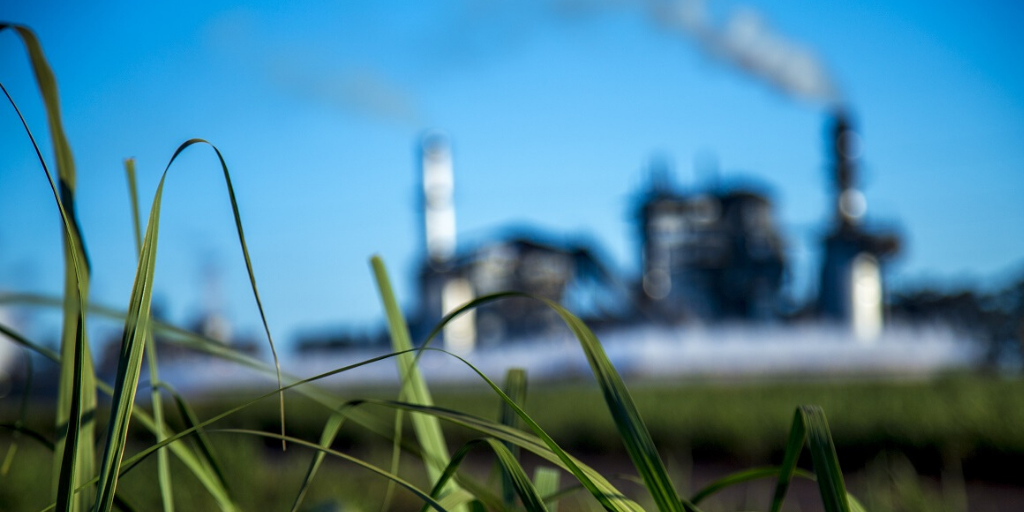
This is sugar in its most pure crystalline form, and it has a white lustre and is transparent. This sugar is manufactured to an industrial scale for a huge variety of uses. It typically has a minimum polarisation of 99.7 degrees and contains up to 0.3% of non-sucrose substances.
Sugar refineries date back hundreds of years to the 12th century. Today, they are located in many countries across the globe, such as North America, Europe, and Japan.
Below, we will look at what happens in a sugar refinery:
- Raw sugar arrives: The raw sugar that arrives at the refinery has already been through the first stage of purification at a mill. It has been crushed, soaked, boiled, and spun, but still contains impurities. Sugar at this stage is not food grade as it still consists of impure sucrose crystals and molasses. In general terms, it is classified as having a polarization below 99.5 degrees and it is traded on the ICE futures No. 11 sugar contract.
- Melting: The first process the raw sugar undergoes is melting. The sugar is stirred and dissolved in hot water to the right concentration, whilst brushes and strainers remove impurities and coloration. The resulting product is sugar syrup.
- Carbonation: Calcium hydroxide, called milk of lime, is added to the liquid sugar mixture and heated to boiling point in carbonators. The vessel, which is designed for the purpose, bubbles carbon dioxide through the mixture. The gas reacts with the lime to form fine crystalline particles of calcium carbonate, which occludes – or shuts out – organic impurities, such as amino acids, wax, and gums.
- Filtration: The mixture, which is now a brown or honey-coloured liquid, is filtered to become bright or pale yellow in colour. The suspended calcium carbonate, along with additional impurities, are removed by pressure filters and de-sugarising filters. The by-product of press-cake with a low sugar content is formed at this time, while the filtrate (sweet water) continues on to the next stage of refinement.
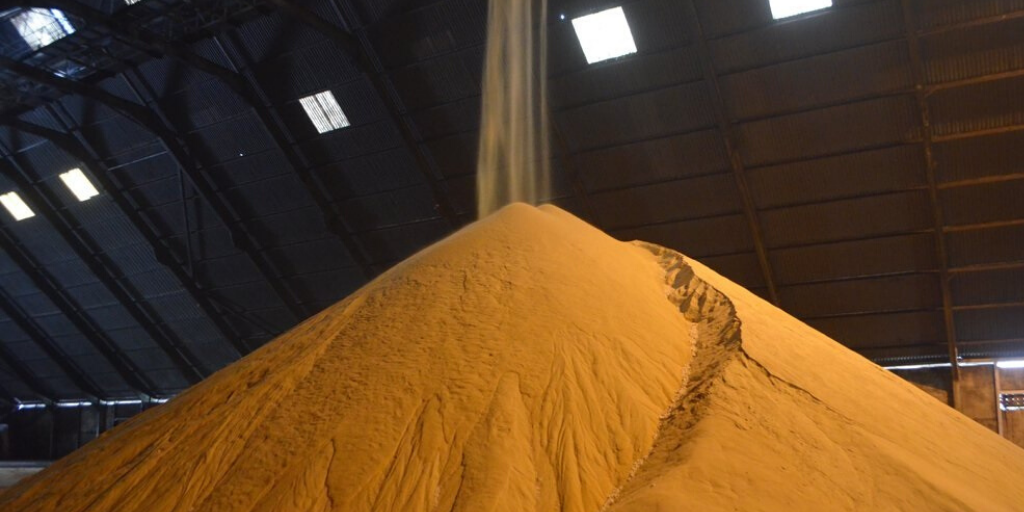
- Decolourisation: The sweet water runs through filters of small granules of bone char or natural charcoal to further purify it and shift inorganic debris. This process also ‘decolourises’ it so the sugar is now clear and lightly coloured and is ready for further refinement.
- Evaporation: The liquid now flows into vacuum pans for concentration and crystallisation. It is pumped through a series of evaporators to achieve a state of supersaturation. Fine seed crystals are added to initiate the crystallisation process, which is carried out in three stages. When the crystals reach the desired size, the process is stopped. The first crystallisation, called A strike, produces crystallised sugar and a residual mother liquid, referred to as A molasses. This is concentrated even more to yield a B strike and a corresponding B grade molasses. This is repeated to create a C grade sugar and a final molasses, known as blackstrap. This is a heavy and dark liquid from which can no further be crystallised economically by the usual methods.
- Crystallisation Crystals and mother liquid are separated in basket-type centrifuges at high speeds. The liquid is spun off the crystals and they are washed by water jets. The mother syrup is then filtered out and used to produce Golden Syrup and other lower grade sugar products.
- Drying, Screening and Conditioning: The wet sugar is dried with a blast of warm air in a granulator. This is a long and rotating cylindrical machine and forces the sugars to tumble through a continuous draft of hot air to dry and cold air to cool. The dry sugars are weighed and sorted by size through vibrating screens and placed into storage holds and any dust that has been produced is removed using a vacuum. They are kept here to allow the residual moisture in the sugar crystals to come to equilibrium with the humidity in the surrounding air, and this prevents it from becoming lumpy. This process is known as curing.
- Packaging: The sugar is graded and packaged to be sold in the packages we see in supermarkets, into bulk packaging for commercial use and in other forms for industrial use. Packages range from 10kg to bulk tankers and there is a long and complex supply chain involved, involving financing, tracking and shipping. The packing is often dependent on factors such as weather and humidity and length of time that the sugar will be in transit.
- Recovery House: The lower quality liquors and materials that have been extracted during the refining process are collected and re-processed to recover the maximum amount of sugar possible.
You can find out more in our ‘what is sugar‘ guide that covers all stages of the sugar production process. Plus we also talk about which are the top 10 sugar producing countries.
Looking to buy, sell or move sugar?
